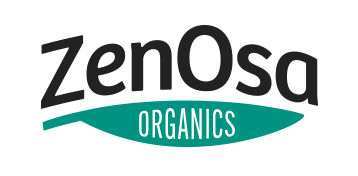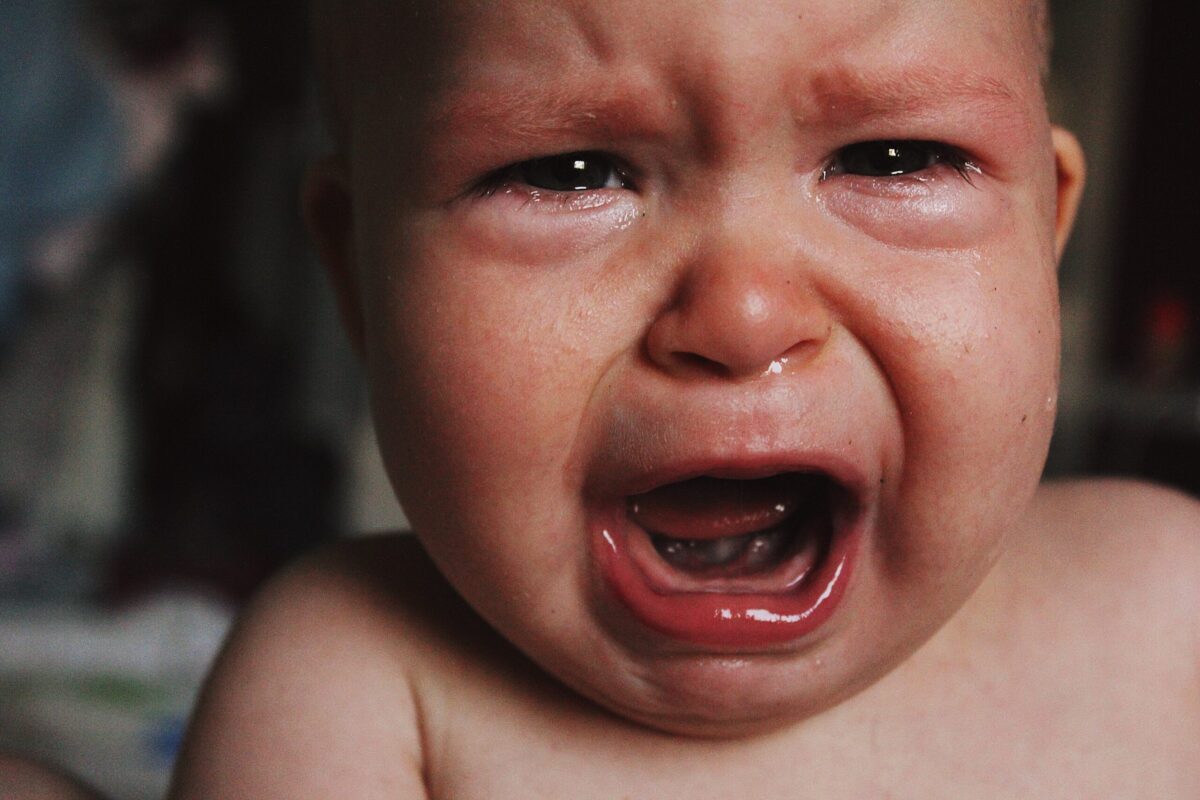RSV has been all over the news lately due to an early rise in cases this season. Never fear, there is no reason to panic, but it is always helpful to be informed! RSV is not new, it’s a common virus that causes cold symptoms in most of us, but we are seeing more cases and more severe symptoms in some people this season. Read on for more info about RSV in kids and babies, why it is on the rise, and what steps you can take to protect your family.
What is RSV?
RSV stands for Respiratory Syncytial Virus. In most people, it is a virus that causes cold symptoms such as runny nose, cough, and sometimes fever. However, in certain groups, like babies and young kids, it can cause more severe symptoms. Most children have already been infected with RSV by the time they are preschool age.
Which children are at increased risk for more severe RSV?
In specific populations, especially young infants, RSV can cause inflammation in the lower lungs and small airways, leading to Bronchiolitis or Pneumonia. Children at higher risk from RSV include:
- Babies under age two, but especially infants under three months
- Some premature infants that are low birth weight or have chronic lung disease
- Children with severe asthma or other chronic lung problems
- Babies or children with certain heart defects
- Weakened immune systems due to a condition or medications
What are the Symptoms of RSV in babies and kids?
Symptoms of RSV in the Upper respiratory tract include:
- Fever (temperature > 100.4)
- Cough
- Runny nose
- Sore throat
- Decreased appetite
- Fussiness
Symptoms of Bronchiolitis or RSV in the lower respiratory tract:
- Cold symptoms, in addition to signs of respiratory distress:
- Wheezing
- Rhythmic grunting with breathing
- Fast breathing
- Head bobbing with breaths
- Using extra muscles to breathe, which looks like belly breathing or pulling in under the ribs and above the sternum.
- Flaring of the nostrils
How is RSV diagnosed?
Healthcare providers diagnose RSV by asking about your child’s symptoms and performing a physical exam. There is also a nose swab test for RSV. If your child has symptoms of lung congestion or is showing signs of bronchiolitis, they may also check an oxygen level and possibly order a chest X-ray. Most of the time, since RSV is usually mild and resolves on its own, further testing isn’t necessary. However, if your child is at risk for more severe symptoms or lives with someone at higher risk, it may be worth asking your doctor about a test for RSV.
How to treat RSV?
Just like a common cold, there is no cure for RSV. However, things that can help your child feel better include what would help with any bad cold:
- Nasal saline and suction
- Medicine for pain or fever, like Acetaminophen (Tylenol) or Ibuprofen (Motrin, only in babies over six months)
- Honey for cough if your child is over age one year.
- ZenOsa’s organic cough syrups use ingredients shown to relieve cough symptoms and shorten the duration of cold virus symptoms.
- Humidifier
- A menthol-based chest rub may be helpful if your child is over the age of two years.
- Plenty of fluids/frequent small feedings in infants
When should you call your doctor?
Call your doctor right away if your child has any of these symptoms:
- Signs of bronchiolitis
- Difficulty breathing or pauses in breathing
- Bluish color around the mouth
- Signs of significant dehydration – less than one wet diaper every eight hours, not making tears, dry mouth and lips
- Persistent fever or symptoms not improving after seven days
Why does RSV seem so much worse this season?
RSV is not a new scary virus; it is around yearly, typically in fall to early spring. However, one reason there seems to be such a boom in cases is that the safety precautions we practiced during the height of the COVID-19 pandemic also protected us from spreading RSV and other respiratory viruses. As a result, cases of RSV and other viruses significantly decreased over the last couple of years. Since most regions began lifting requirements for masking and distancing last year, we are seeing RSV and other respiratory viruses re-emerge in full force! In addition, many children in daycare or school who typically would have already been infected are now being exposed for the first time, which can mean their symptoms are more severe.
How can you prevent RSV?
RSV spreads in the same way a cold does, through droplets from someone who is infected with the virus. Steps to take to help protect your family from RSV include:
- Good hand hygiene – Teach your family to wash hands well and frequently with soap and water or an alcohol-based hand sanitizer.
- Limit exposures – If you have a young infant, avoid crowded places during the cold and flu season and keep them away from anyone with cold symptoms. Keep kids home when sick and show them how to cough and sneeze into their elbows.
- Immunizations – Although there is not currently a vaccine against RSV, you can help keep your child healthy by ensuring they are up to date with their other immunizations, including a yearly flu shot. In addition, if you have a newborn or young infant at home, adults who spend time in close proximity should be vaccinated against the flu and make sure their Tdap vaccine, which protects against whooping cough, is up to date.
- Protect your child from secondhand smoke exposure.
- Breastmilk has also been shown to decrease the frequency of particular infections by providing antibodies.
- There is a monoclonal antibody treatment for high-risk babies, such as very premature infants or those with chronic lung disease.
- In addition, trials are underway for an RSV vaccine with some promising preliminary results.
As always, if you have concerns about your child’s specific risks or symptoms, talk with your pediatrician. We wish you a happy and healthy start to the holiday season! Remember, wash your hands, stay home when sick, and get your flu shot!
More resources:


